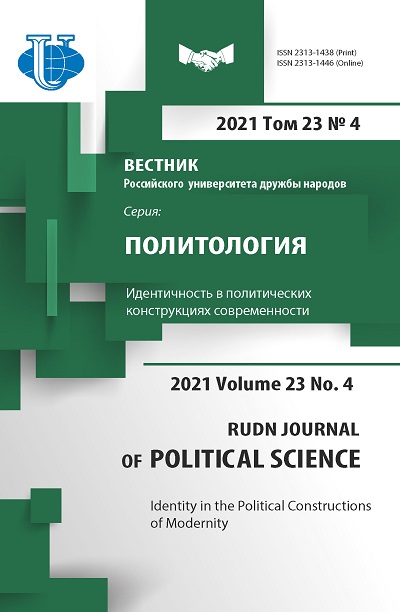Abstract
In the 2010s many moderate parties in Europe began to use the agenda of the far-rights, competing with them on the same field. This article is devoted to the problem of inter-party competition in European countries amidst the rise of far-right parties. We also intended to check if the far-right profile is the same for all EU countries. To achieve the goal of the study, we used two databases on party positioning - MARPOR (Comparative Manifesto Project) and CHES (Chapel Hill Expert Survey). The study revealed that the consolidated family of the far-rights exists only in the countries of North-Western Europe, while in the countries of East-Central Europe the agenda of the far-rights is less consolidated and regionally heterogeneous. The mainstream competitors of the far-rights included mostly conservatives in North-Western Europe, and various parties, including the Social Democrats, in East-Central Europe. The study confirmed the hypothesis about the serious influence of the far-rights on mainstream politics. At the same time, it questioned the traditional approach which attributes the far-right profile only to far-right parties and ignores both regional differences and the factor of spatial competition.
















